Machine parts
A whole range of diverse machine parts comes together to make up a complete powertrain. As the area of fully mounted assembly units at WIAG Antriebstechnik is increasingly building up and expanding, we are also a competent partner for our customers when it comes to related fields such as machine parts.
Clamp plates for timing belt systems
In a multitude of applications whereby timing belts do not completely rotate but meet positioning requirements or act as a feed, which means they change direction afte a few millimetres, it is normally the case that open timing belts are installed, which are usually not used as drive timing belts. However, in order to nevertheless allow free movement around the pulley, both open ends of the timing belt are clamped together with clamp plates suitable for the relevant pitches and thus joined.
- All pitches on clamp plates
- Standard models and also customer-specific variations in line with drawings for your special application
- ALU alloys, steel, stainless materials
Tension measuring gauge
Ensuring that the correct tension is present within a timing belt drive is an essential aspect governing the drive's performance. Following the drive-specific design and layout, tension can be precisely calculated and established. By making use of an electronic tension measuring gauge, the correct value can be easily fixed and then put into practice.
Clamping sets for shaft and hub connections
Establishing a mechanical shaft-hub connection can be achieved by using, for example, a clamping or tensioning element. These components transmit - as a result of frictional connection - various forms of force and torque. The major advantage with these elements is that the shaft and hub are not destroyed or weakened by the keyway and the costs incurred for these kinds of assemblies can consequently be pared down.
As a general rule of thumb, internal and external elements are differentiated.
- External clamping elements
To connect a hollow and solid shaft. - Internal clamping elements
To connect between a solid shaft and a hub, e.g. of a gearing component.
Couplings
Couplings are used, on the one hand, in order to mechanically connect the ends of two shafts, normally drive shafts and pinion shafts. But they are also needed to set up a connection between a shaft and a movable machine part on the shaft. The various models and their uses are divided into rigid and flexible couplings. Differentiation is also made between switchable and non-switchable couplings, which take over the transmission of force and torque and also the compensating of angular offset and shaft, axial and radial misalignment.
Couplings constitute a significant part of the assembly units to come out of the WIAG Antriebstechnik ateliers.


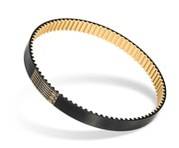 Timing belts
Timing belts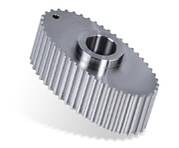 Pulleys
Pulleys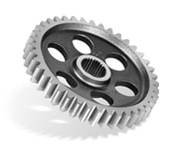 Gears
Gears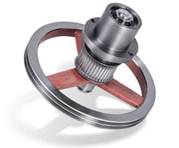 Assembly units
Assembly units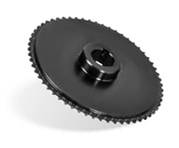 Sprockets
Sprockets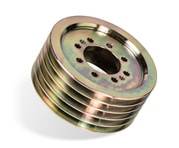 V-belt pulleys
V-belt pulleys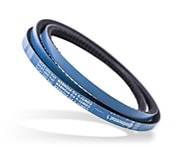 V-belts
V-belts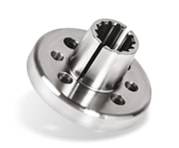 Metal cutting
Metal cutting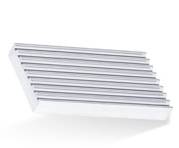 Machine parts
Machine parts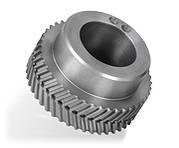 SilentSync Tooth Lock Washers
SilentSync Tooth Lock Washers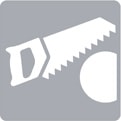 Sawing
Sawing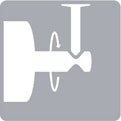 Turning
Turning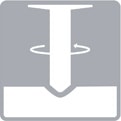 Milling
Milling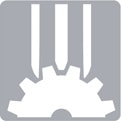 Gearing
Gearing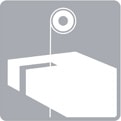 Eroding
Eroding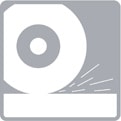 Grinding
Grinding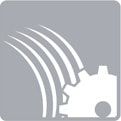 Gear grinding
Gear grinding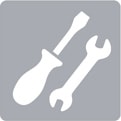 Mounting
Mounting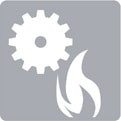 Heat treatment
Heat treatment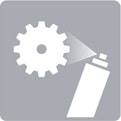 Surface treatment
Surface treatment Quality assurance
Quality assurance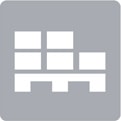 Logistics
Logistics
